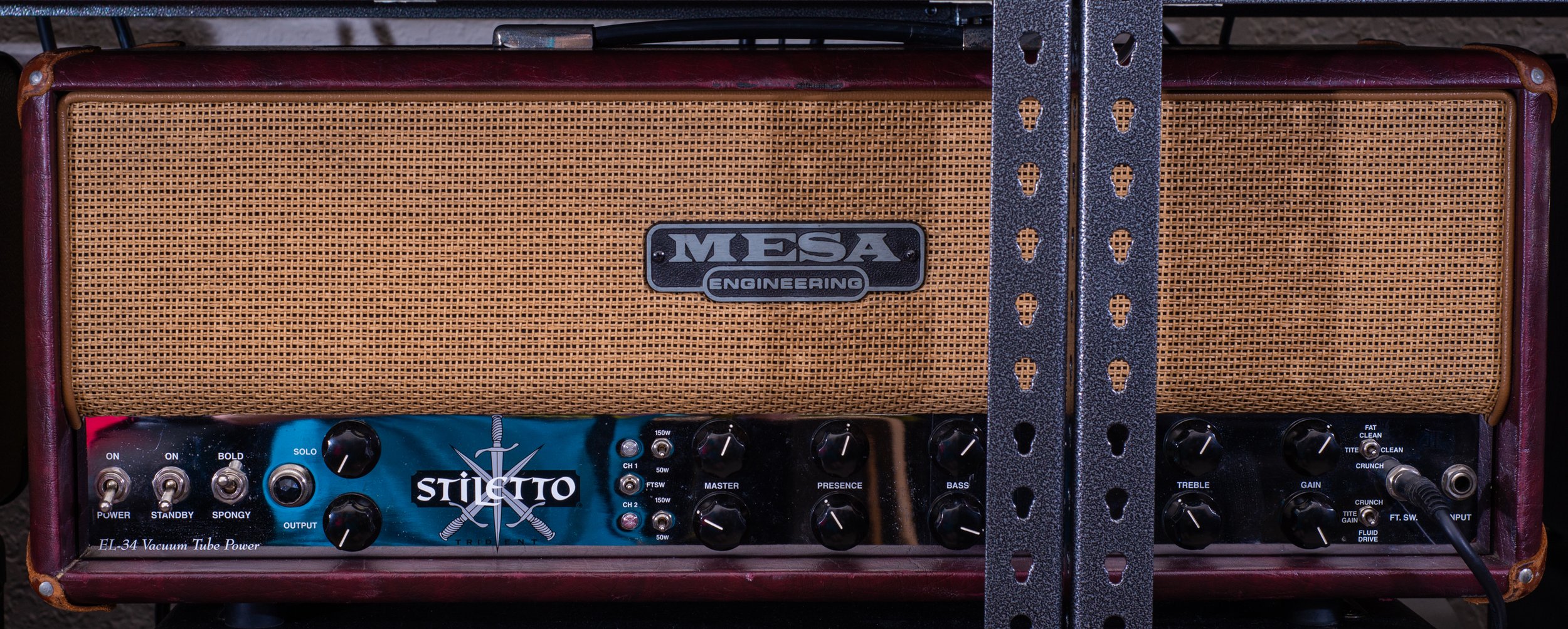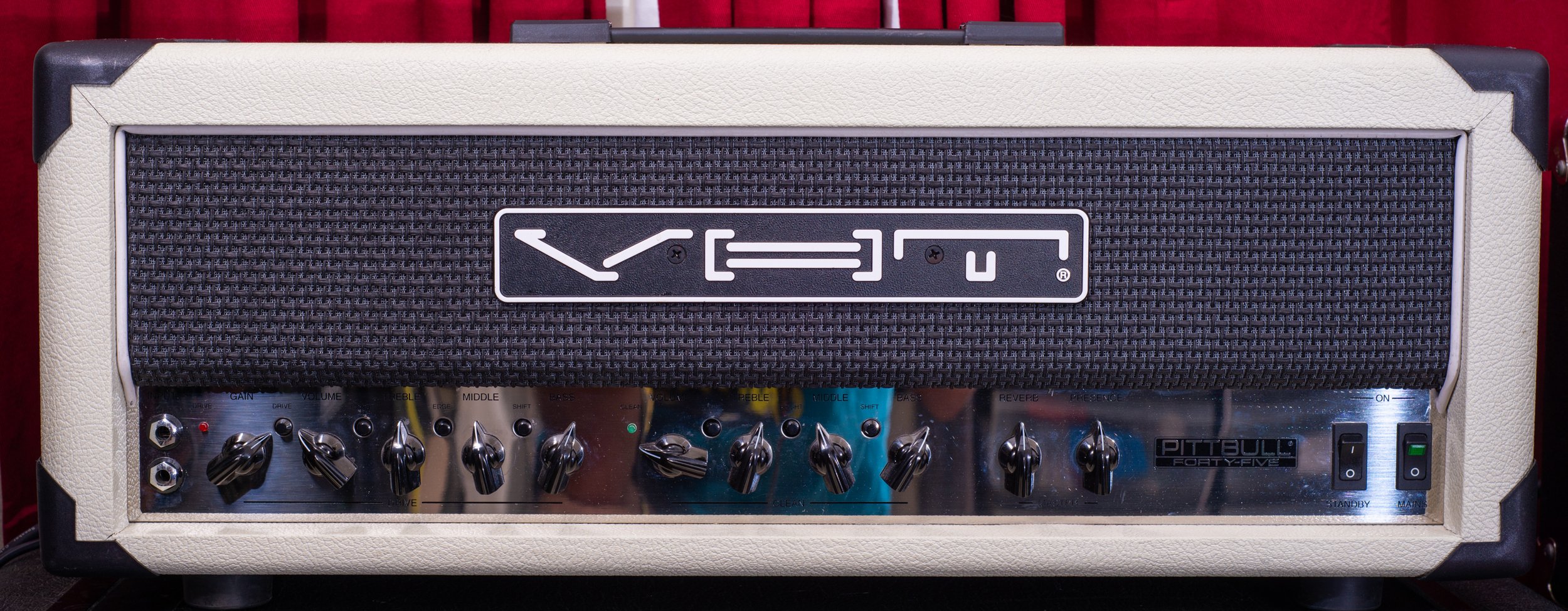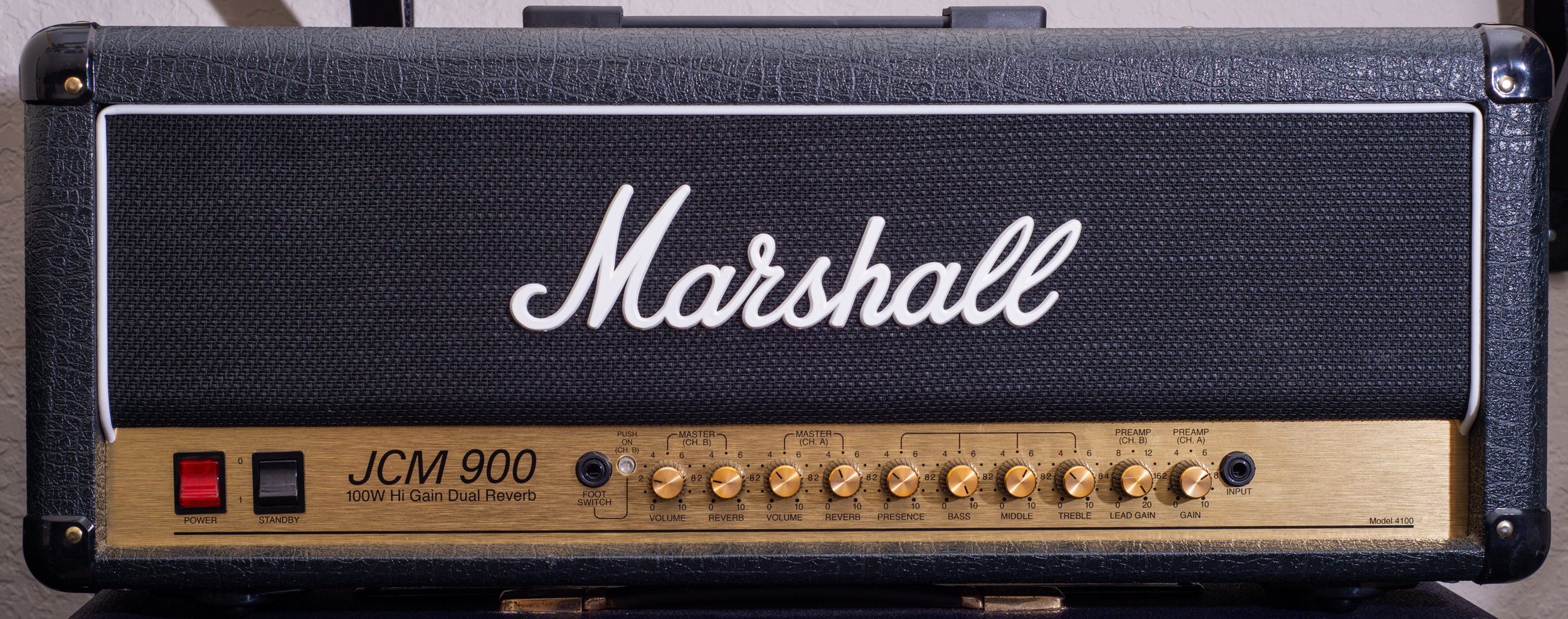I haven’t had much time to open it up, but so far my impressions are very positive. There is a lot of online chatter that does not praise this amp - many players say to go get a Savage instead. I certainly plan to add a Savage to the collection, but it’s hard to say much bad about this amp.
It has four channels, and each is voiced very differently and I think that’s one of the things that works against this amp in the “initial impressions” phase. Most players who leave comments online have usually only played the amp in question for a few minutes in a store or with a friend and that’s not really an informed opinion - I know because I did the same thing before I started spending more time with my gear (a privilege not everyone has, of course). If I found this amp in a store and just wanted to check out its metal tones, I’d probably go to Channel 4 and start ripping, and I might walk away thinking it was a bit flubby and loose, with the feel of something like a Rivera Knucklehead without the aggressive growl. It’s a killer lead channel though, very thick and full for solos. And that’s exactly what the amp designer was after - channel 4 is built for thick, middy lead lines! Channel 3 is the aggressive, punchy metal rhythm tone!
So after ripping on Channel 3 and playing with the very dynamic EQ, I see why some might feel like Channel 4 isn’t their thing - if you took both of these channels and stuck them into two different amps, they might’ve sold better.
I also saw another misconception about the bright switch online, where it only works on channels 1 and 2. This is not true - it works on all channels, but the written manual is not clear about this. I contacted ENGL directly to confirm this and it’s true - on channel one, it’s clean, and the bright switch makes it… brighter. But on channels 2, 3, and 4, they described it as more of a “tone” or “mid boost” switch. The way it changes the tone of those channels is completely different - i.e. it’s not boosting the same frequencies, it is different per channel you are on.
And that’s probably the best way to talk about the switching - with the Z12 MIDI footswitch, you can store your settings for each channel - which includes if the bright switch, hi gain mode, fx loops, master A or B, etc are all on. Since that footswitch has lots of buttons, you can get 8+ different sounds from the same amp - you’re just stuck with the same EQ for the 4 main channels. That’s pretty cool - versatile AND a great sound.
Overall, I’m very impressed with this amp. I see that in the V2 they have renamed the bright switch on the front panel to “tone” - I’m not surprised, and if I had to guess there are only marginal circuit differences in that amp. I still plan to add a Savage and maybe a few others - so far I haven’t had an ENGL I didn’t love.





